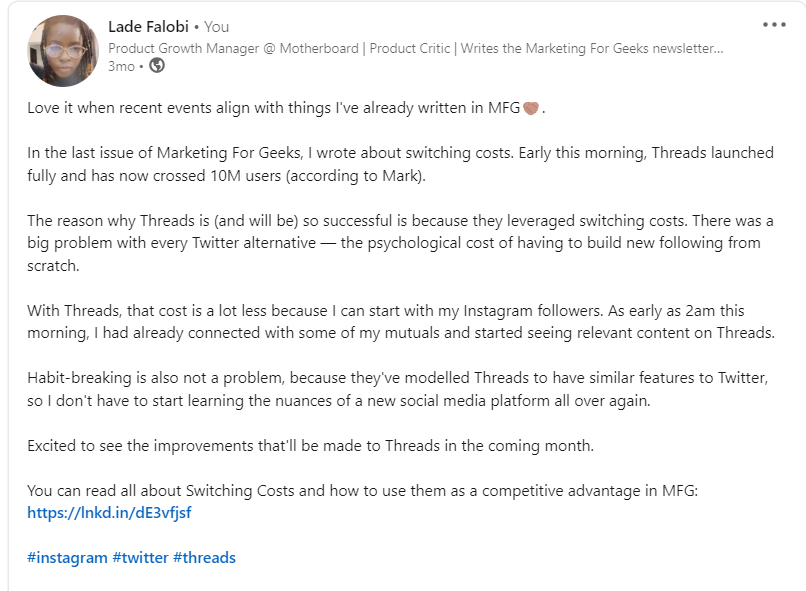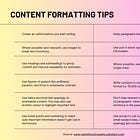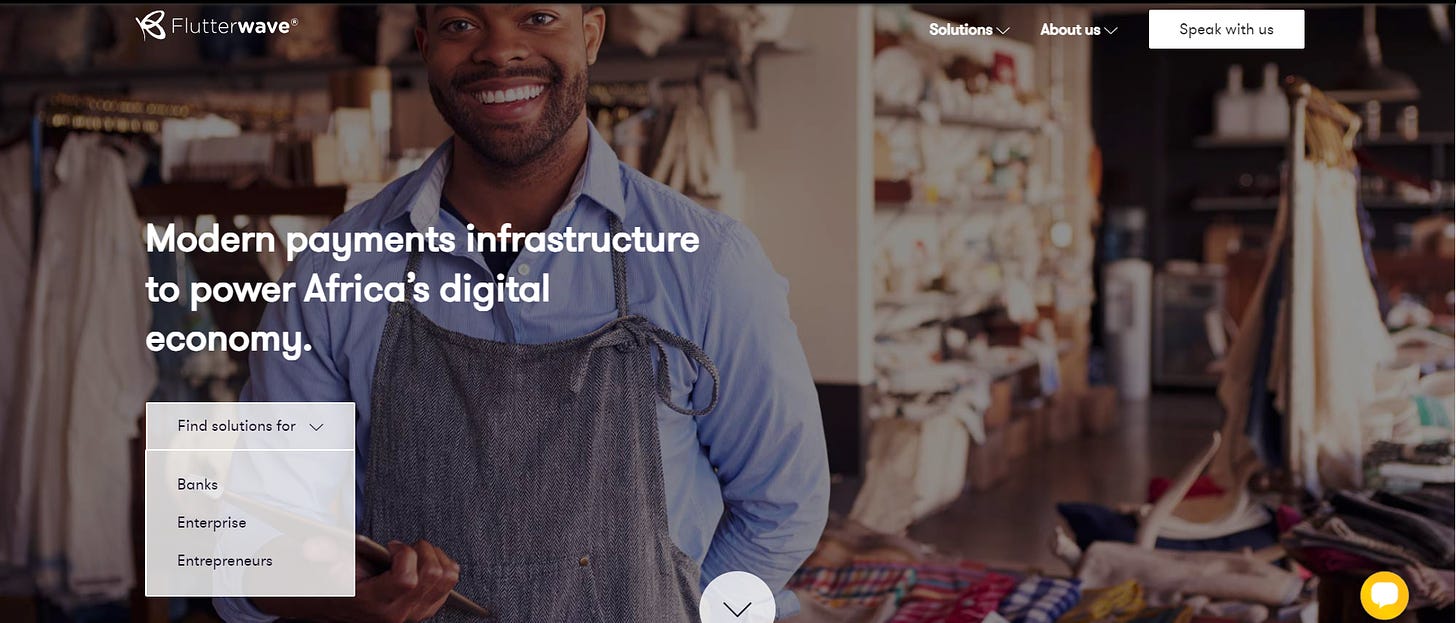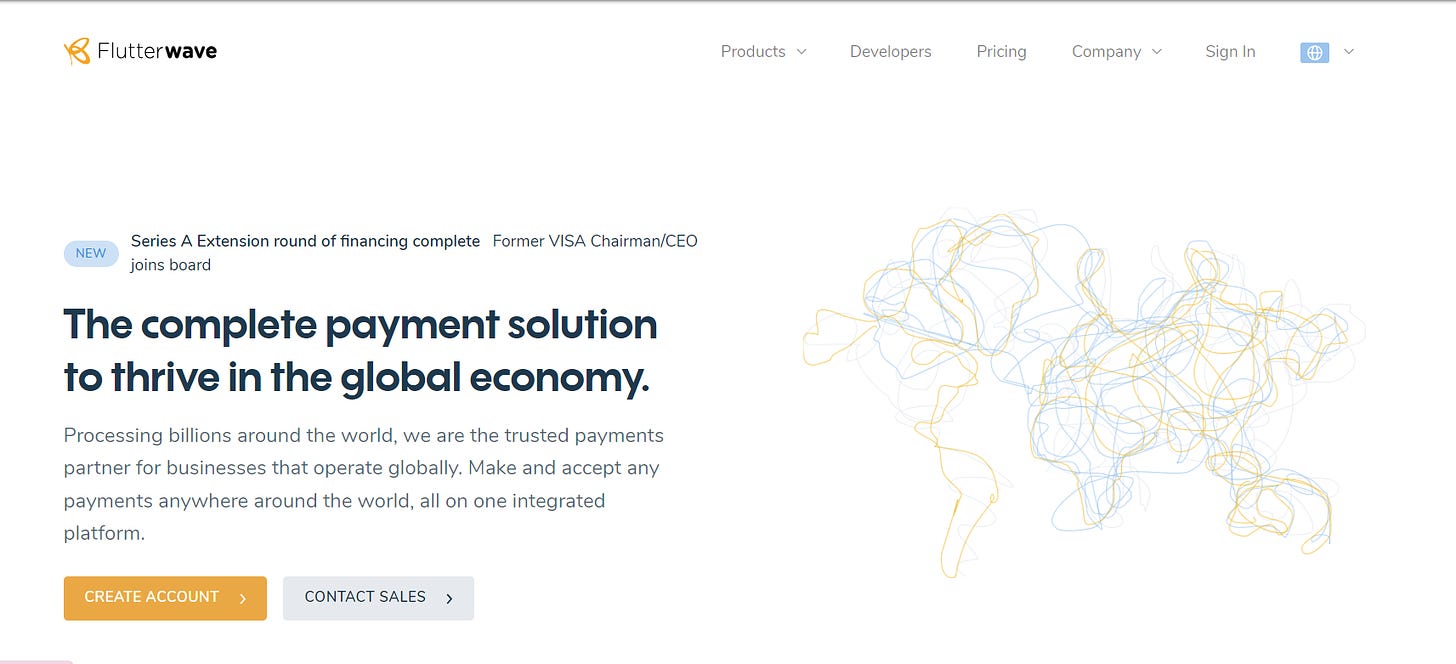MFG #14: Threads' Retention Problem, The Endowment Effect, and Pinterest Visual SEO
Why Threads is bleeding active users, how to use the endowment effect for activation & retention, and why you should consider Pinterest for visual SEO.
Hi there.
Welcome to the 39 new subscribers who joined Marketing For Geeks since the last issue. Big thanks to everyone who shares MFG with their network. Every other week (ish), I share 1 interesting thing, 3 actionable marketing insights that have helped me become a better product marketer, and 5 pieces of marketing that caught my eye.
ICYMI: In my last issue, I wrote about the real hero behind Barbie’s marketing success, how to prioritise buyer personas, and why you shouldn’t compare your early-stage tactics to those of more established companies.
This week, I write about why Threads is bleeding active users, how to use the endowment effect to improve activation & retention, and why you should consider Pinterest for visual SEO.
P.S. I’m trying to get to know MFG’s readers more. Could you answer a few questions in this short form if you haven’t yet?
Also, if you’d like to join MFG’s WhatsApp community (of mostly Ibadan marketers) — please reply to this email with your phone number.
It’s a long one again. Let's dive in!
🔑1 Interesting Thing
When Threads launched three months ago, I, like everyone else, waxed about how a formidable competitor had finally appeared for Twitter.
On paper, Threads did a lot of things right. More specifically, they leveraged a very important competitive advantage — switching costs. I wrote about switching costs and how they can help you steal customers away from competitors in MFG #11 — you should give it a read.
In just 4 days after launch, Threads reached 100million users, beating ChatGPT as the fastest-growing app to reach that milestone. An instrumental factor for that growth was the ease of setting up an account on Threads with the added benefit of carrying your followers from Instagram with you.
Here’s the thing though. Switching costs are merely an acquisition strategy. They don’t help you keep the customers after stealing them away. Barely a month after launch, Threads started bleeding users, losing more than 80% of its daily active users.
Of course, the big question is “Why is Threads struggling to keep users?”
A surface-level answer would be that Threads cannot compete with Twitter on certain features. That’s certainly true, since Threads doesn’t allow DMs, hashtags, trending topics, or live audio (i.e. Spaces).
Another surface-level answer could be that Twitter users don’t want their Instagram followers hearing their thoughts. I, for one, wouldn’t want aunties, uncles, and random acquaintances from years ago who follow me on Instagram to hear my Twitter-reserved thoughts.
However, neither of those answers reveal Threads’ real problem. I was ready to do the work of curating my Threads feed like I did my Twitter, starting with restricting my account and choosing who could follow me. Yet I didn’t stay.
Threads’ real problem is, in my eyes, so simple that it’s surprising more work hasn’t been done to solve it.
Threads simply doesn’t give you a reason to log back in. In fact, Threads doesn’t give you a reason to remember that it exists.
Social media platforms rely very heavily on habit forming. If you don’t form certain habits with a social media platform, you’re going to forget about it pretty quickly. Habit-forming strategies are an important retention hook, especially for social media platforms that depend on daily active usage as the key success metric.
There are two theories about habit forming that you need to first understand if we’re to understand what Threads is doing wrong:
The Habit Loop by Edward Thorndike: The habit loop has three main elements:
The Cue: This is the trigger that initiates a behaviour or reminds you to continue it. It could be anything — a location, a time of day, peer influence, an emotional state, and so on. For example, bukas use the smell of food as a cue, while a social platform could rely on FOMO from a trending post.
The Routine: Habits cannot form without repeated behaviours, aka routines. The behaviour needs to occur fairly frequently for a habit to form, e.g. checking Twitter every morning on the way to work.
The Reward: This is crucial. People only continue habits if there are rewards for them. If there are no rewards for a habit, people are more likely to discontinue it. For example, if you keep posting images on Instagram without getting engagement, you’re likely to stop posting there.
The Hook Model by Nir Eyal: The hook model specifically focuses on helping businesses create customer habits through 4 phases:
Trigger: Triggers are similar to cues and can be internal or external. Internal cues typically come from the user’s emotions or needs. For example, feeling bored might trigger a visit to Twitter or TikTok. External cues, on the other hand, come from the environment around the user, e.g. ads, referrals, push notifications.
Action: This the most minimal step a user needs to take to get value from a platform (e.g. watching a video or viewing a post). The action needs to be effortless, with zero to no friction to discourage the user. That’s why many social media platforms let you view content on the platform even if you don’t have an account.
Variable Reward: Like with the Habit Loop, the Hook Model prescribes a reward for actions taken. However, in this case, the reward needs to be unpredictable to increase motivation and engagement. There are three types of rewards in this model: The Reward of Self (e.g. personal satisfaction and fulfilment); The Reward of The Hunt (e.g. material benefits we unlock); and The Reward of The Tribe (e.g. social rewards from interactions with people), which is often the primary reward on social media.
Investment: Finally, you need to lock users into habits by getting them to invest time and effort into your product. For social media platforms, this could be the number of followers they’ve gathered, the content they’ve created, or the feed they’ve carefully curated. The more investments a user makes, the higher the switching costs for them, and the tougher it is for them to leave.
An ideal investment should not just make it harder for users to leave; it should improve their experience. For example, the more time I spend on TikTok, the more the algorithm is curated to show me content I actually like.
Now that we understand those habit-forming theories, it’s a lot easier to see what Threads is doing wrong. Let’s break it down:
Trigger: Threads does not send a lot of external triggers to get you to open the app. In the beginning, Threads sent notifications (but zero emails) fairly often (when a mutual joined the app or made their first post). However, those notifications quickly dried up, and I haven’t gotten any notification from Threads in over a month.
For comparison, Twitter excels with triggers by notifying you when a new contact joins Twitter, when people you follow are tweeting about something, or when a topic is trending.
Facebook also recently added a feature called “highlights” that sends push notifications to a user’s friends if they choose to highlight a specific post. It’s a feature that has forced me to open Facebook more often recently.
Routine: Threads did little to no work getting users into a routine after signing up. After the first couple weeks of launch, I had no reason to log into the platform because I had no routine to follow. Facebook, on the other hand, does a great job of getting users into a routine. As long as you have the app downloaded (and do not turn off notifications), you will receive notifications every single day about the birthdays of your Facebook friends. If you log in every day to wish those friends a happy birthday, you’ve settled into a routine and a habit can quickly form.
Reward: In social media platforms, the reward is largely the interactions you get from your connections. So, social media platforms do their best to get you more interactions so you don’t leave. It’s why Twitter and TikTok have a For You page, to boost creators’ engagement and reach. It’s why Instagram notifies you if a mutual makes a post for the first time in a while (so you can interact with the post, giving social rewards to the poster).
Threads tries to do this by showing tweets from people outside your follow list (with surprisingly poor execution considering the amount of data Meta has about me and my interests). However, that prioritises rewards for top creators, not for regular users who just want their friends to see their posts. If I post on Threads, I want my friends to see it, but Threads doesn’t take steps to make this happen.
In summation, while Threads had an excellent product-led acquisition strategy, they haven’t done a great job implementing retention and habit-forming strategies.
Thankfully, this is a problem Meta has noticed themselves. Meta’s Chief Product Officer has said that Meta is looking at adding more "retention-driving hooks" to pull users back to the app. Already, they’re implementing nudges in the Instagram app to push users to view Threads.
Key Takeaway?
You might not be running Meta or working on a social media platform, but habit-forming principles work great for all types of products (Duolingo uses them). You can start by checking whether your product solves for each of the phases in the Habit Loop or Hook Model. Some easy tips are to:
Identify internal triggers for your users and create external triggers to meet them. For example, HeyFood sends push notifications during meal times with tailored messaging.
Send reminders and nudges to help less active users unlock more value from your product.
Show people what they’re missing out by showing them what others are gaining.
Make it extremely easy for users to unlock value from your product quickly.
Encourage user investments that will take time or effort to replicate elsewhere. E.g. Customisation, data/content uploads, network & community.
Reward users for actions, e.g. leaderboard, badges, points, etc.
However, be careful not to overload your customer with too many notifications, especially if daily active usage isn’t your primary success metric.
TL;DR (Too Long, Didn’t Read): Threads did a great job acquiring users, but a poor job retaining them. This is largely because they didn’t implement habit-forming retention hooks.
📣Tweet this.
💭3 Insights
#1. The endowment effect can help improve activation and retention
The endowment effect is a behavioural principle describing how people attach more value to objects that they own. It’s closely related to the loss aversion principle, which states that people feel (or worry about) the loss of pain more than the pleasure of gain.
Remember the investment element of the Hook Model I mentioned? The endowment effect is one way to get people to invest in your product. Here are a few general tips to apply this effect:
Use onboarding checklists to get people to invest time (and actions) in your product.
Allow people a taste of your product (long enough for them to get some value or develop an emotional attachment) with no strings attached. It’s why car salesmen might let you take the car for a test drive (or drug peddlers might give you a free sample).
Use the second-person pronoun (you, your, yours) in marketing messages.
Allow some level of personalisation or customisation in your product where possible. Tailor your product to the user’s preferences so they feel some ownership.
Create exclusivity around parts of your product, e.g. through loyalty programs, exclusive memberships, and community building.
TL;DR: People attach more value to things they feel some ownership over, so implement strategies to get people to invest some time, effort, or data into your product.
📣Tweet this.
#2. Pinterest is great for visual SEO.
Pinterest is one of the more overlooked channels by many content marketing teams. For many companies, this is a fairly reasonable choice when you consider a few things. Almost half of Pinterest’s users live in the US, 76% of users are female, and content is prioritised over brand. That makes Pinterest appear too niche for many products.
However, Pinterest can be an amazing resource for boosting visual SEO. If you make searches on specific lifestyle terms, the top results on the page will likely be Pinterest boards. This means that content created on Pinterest doesn’t just stay on Pinterest; they’re visible from Search Engine Results Pages (SERPs).
Pinterest works great for products that don’t have tight geographical barriers and that target creators. For example, products like Maka, Selar, and Disha can benefit from building relevant boards around niche topics (e.g. photography, fashion, DIY tips, content creation).
BONUS [🔒SUBSCRIBER-ONLY CONTENT]: Here’s a doc on content marketing channels and formats that I used to teach a class last year.
Not a subscriber? Subscribe below and get the doc in your welcome email.
TL;DR: Curating niche boards on Pinterest can be a great way to hack visual SEO, especially if you have creator-type audiences.
📣Tweet this.
#3. Asking people about why they don’t use competitors can provide unique insights.
One of the things I’ve learnt from doing customer interviews is that people don’t typically know the answers to the questions you ask, so they say something nice to make you happy, something flippant to make you leave them alone, or something half-hearted because they haven’t stopped to think about the real answer.
This means that you need to do a lot of fishing during interviews; while paying attention to both the things they say and they don’t say.
So when you tell a person your value proposition and ask them if it sounds interesting, of course they’ll say yes. Everything sounds interesting in theory. But the reality is, you’re probably not the first person doing what you’re trying to do. Multiple products and alternatives likely already exist.
This means you’ll get deeper insights if you ask people why they haven’t used any of those products, rather than asking if they would use yours. It’s a mistake I’ve made in past interviews as well — asking if my value prop sounded interesting enough for them to try.
The competitor question works whether you’re interviewing users or non-users. For users, ask them why they haven’t switched to a competitor. Or why they chose you over a competitor. For non-users, ask them why they haven’t used you. Or why they haven’t used your competitors. Or what they currently use to solve the problem.
TL;DR: In customer interviews, you should ask questions about the relationship interviewees have with existing alternatives and competitors to your product.
📣Tweet this.
⚡5 Pieces of Marketing
In MFG #13, I wrote about how marketing messages tend to change as a company grows.
Today, we’ll use Flutterwave’s website as an example.
#1. 2017 Website
No sign up CTA at this point (gated by sales “Speak with us”).
#2. 2018 Website
At this point, they started allowing direct sign ups and added a ribbon showcasing company news.
#3. 2020 Website
Here, they made the copy a lot more direct and replaced textual visual proof (“processing billions around the world”) with pictorial visual proof (images of customers).
#4. 2022 Website
They updated their ATF copy to reflect their diverse range of financial solutions.
#5. 2023 Website
Notice who they did away with specificity here (because they have enough brand equity to rely on) and use more vague terms (“boundless payment opportunities”). Their ATF copy now reflects their target audience, rather than their solutions.
What I’m Reading
The Monthly to Annual Plan Pricing Trick: A Deep Dive — Interesting deep dive on subscription pricing.
Building State In-Product To Drive Retention — Interesting read about state building.
Failure Stories (Reforge) — Loving these series on mistakes made by senior leaders.
Launching a business 2.0: Mind mapping — Great tips for visualising ideas and organising thoughts.
[How to]Help your users get more value out of your product — How to use the JTBD framework to monitor feature adoption.
Did you enjoy this issue? Give it a ❤️ and let me know in the comments section.
Even better, share this with someone.















This was interesting to read. Also got me thinking about Linkedln's new strategy of using games to hook users.
I'm an avid fan of your well-researched takes, especially how you've broken down a few reasons for the enormous churn from Threads. I've always known that notifications are fashioned to keep everyone glued to these platforms, but I didn't know there was a science behind em. Simply put, triggers! Thanks for sharing as always